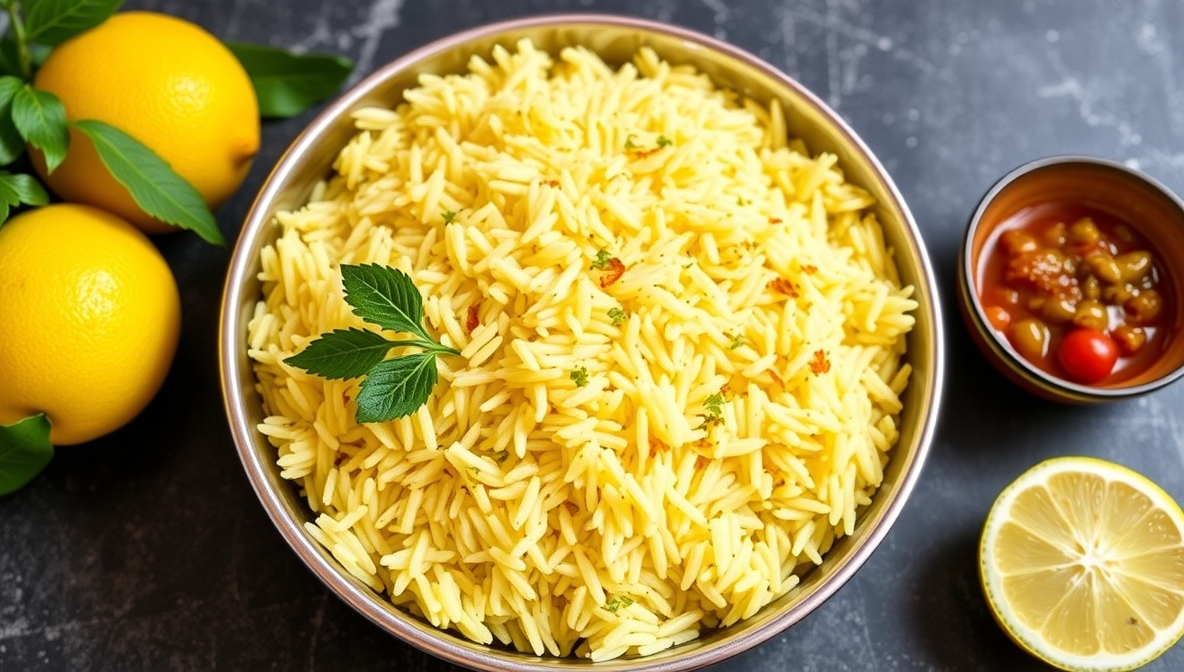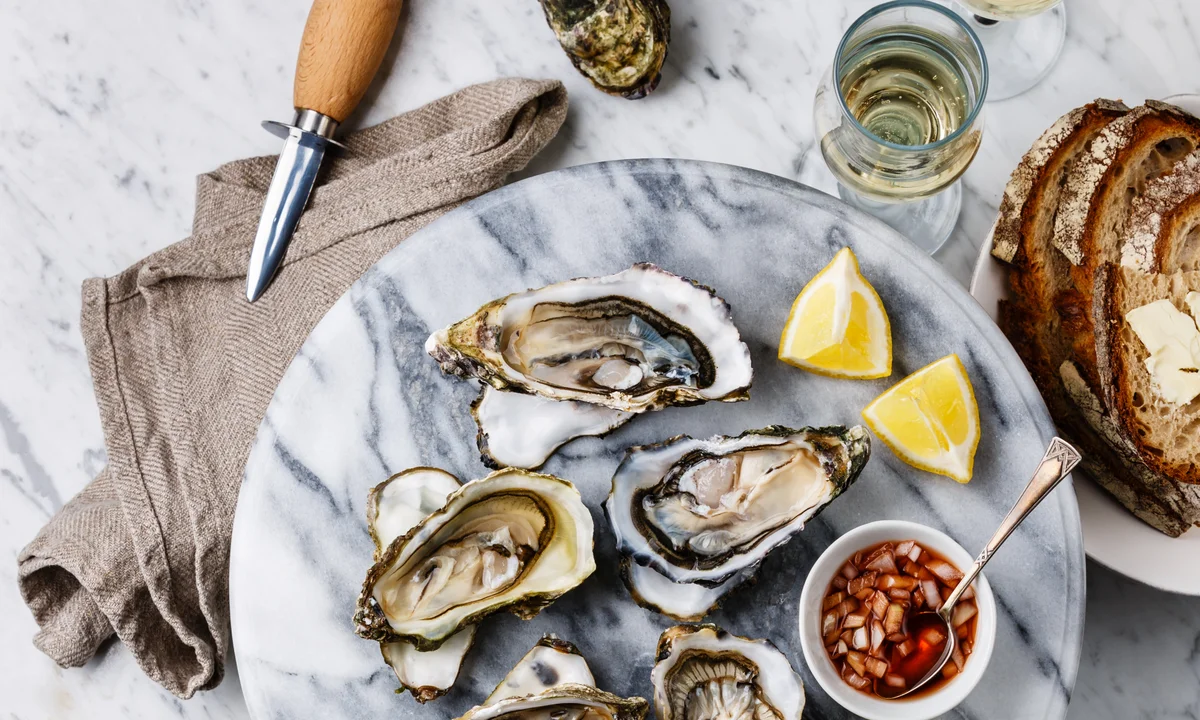If someone told me a few years ago that “jade venison” would become a prized delicacy and health powerhouse, I might have chuckled in disbelief. Like most people, I’d heard of venison – the lean, rich meat of deer – but “jade venison”? It sounded like something from a fantasy novel.
Fast-forward to today, and jade venison is quickly gaining attention from gourmet chefs, nutritionists, and even sustainability advocates. It’s not just a buzzword – it’s an emerging trend with real potential. In this article, I’ll take you deep into the wild origins of jade venison, explore its nutritional and culinary value, and share my own journey discovering this gem in the world of wild game.
Whether you’re a food lover, a health-conscious eater, or someone looking to explore sustainable protein sources, you’re about to learn something that Google hasn’t quite caught onto yet.
Table of Contents
What Is Jade Venison?
Jade venison is a term coined recently to describe a unique variety of venison with a green-hued marbling, often found in deer that have grazed in specific botanical-rich regions. This meat isn’t literally green, but it carries a distinct greenish tint in the fat and connective tissue due to the chlorophyll-rich diet of the deer.
This venison variety is:
- Wild-caught or free-range
- Grass-fed on high-chlorophyll forage
- Often harvested in alpine or temperate rainforest regions where herbs, mosses, and lichen dominate
The term “jade” reflects both the appearance and rarity of this meat – much like the gemstone. It also suggests something exotic, valuable, and naturally refined.
Origins and Ecology: Why It’s Rare

Unlike traditional venison, which comes from farmed deer or wild game in more controlled hunting areas, jade venison is usually harvested from deer species like the Sika or Mule deer that graze on green-rich forest floors, especially in:
- Pacific Northwest (U.S. and Canada)
- Japanese mountain ranges
- Alpine regions of New Zealand
- Northern Scandinavia
The foraging diet includes:
- Wild clover
- Ferns
- Sea moss
- Alfalfa
- Spruce needles
- Dandelion greens
These plant sources are rich in chlorophyll, phytonutrients, and essential oils, which subtly influence the color and composition of the meat.
This diet is what sets jade venison apart – the meat has:
- A softer texture
- Earthier, herbal undertones
- A higher nutrient content compared to traditional venison
Nutritional Benefits: A True Superfood

Here’s where it gets interesting.
Most people already know that venison is a lean source of protein. But jade venison offers a nutritional profile that outshines many other meats. Here’s why:
1. High in Bioavailable Iron
Jade venison contains heme iron, which is more easily absorbed than plant-based iron. Its levels are 30–40% higher than in traditional beef.
2. Rich in Omega-3s
Thanks to the wild, herbaceous diet, jade venison contains higher omega-3 fatty acids, which help:
- Improve heart health
- Reduce inflammation
- Boost cognitive function
3. Low in Saturated Fats
Compared to beef and lamb, jade venison contains:
- 40–60% less saturated fat
- No added hormones or antibiotics
4. Antioxidant Properties
The deer’s diet, full of chlorophyll-rich plants, results in meat that contains:
- Vitamin E
- Glutathione
- Natural polyphenols
This can help combat oxidative stress in the human body.
5. B-Vitamin Powerhouse
Especially B12 and B6, which support:
- Energy metabolism
- Brain function
- Red blood cell formation
Jade Venison vs. Traditional Venison
| Feature | Traditional Venison | Jade Venison |
|---|---|---|
| Diet | Grass or grain-fed | Chlorophyll-rich forage |
| Color | Dark red | Slightly green-tinted marbling |
| Texture | Firm | Tender and buttery |
| Flavor | Gamey | Herbal, earthy, less intense |
| Nutrient Density | High | Exceptionally high |
| Fat Content | Low | Ultra-lean with greenish fat |
Culinary Applications: Chef-Approved Recipes
I first encountered jade venison at a small wilderness lodge in British Columbia. The chef served it as a pan-seared loin medallion with a wild mushroom and juniper sauce. The taste was unlike anything I’d experienced — rich but not heavy, with notes of earth and pine.
Top Cooking Methods:
- Pan-searing
- Sous vide
- Open-fire grilling
- Slow roasting
Recommended Flavor Pairings:
- Juniper berries
- Wild mushrooms
- Rosemary and thyme
- Red currant jelly
- Balsamic reduction
Recipe: Jade Venison Medallions with Herb Infusion
Ingredients:
- 2 jade venison medallions
- Sea salt and cracked black pepper
- 1 tbsp olive oil
- 1 tbsp butter
- 2 sprigs rosemary
- 1 crushed garlic clove
- Splash of red wine
Instructions:
- Let the medallions sit at room temp for 15 minutes.
- Heat olive oil in a skillet over medium-high heat.
- Season the meat with salt and pepper.
- Sear 2 minutes on each side until browned.
- Add butter, rosemary, garlic, and baste for 1 minute.
- Splash with wine, let reduce slightly, and serve.
The result? A dish worthy of any high-end restaurant, made from one of nature’s finest offerings.
Sustainability Angle: Why It Matters
In a world where food production is one of the leading contributors to climate change, jade venison offers a sustainable alternative.
Key Sustainability Points:
- Wild-harvested = zero factory farming
- Naturally managed populations (via regulated hunting)
- No antibiotics or feedlots
- Helps control deer overpopulation in some regions
The carbon footprint of harvesting wild venison is significantly lower than raising cattle or pigs in industrial systems.
Choosing jade venison is not only a gourmet choice — it’s an environmentally responsible one.
Personal Experience: From Curiosity to Passion
The first time I tasted jade venison was a happy accident. I was on a guided hiking trip, and our camp chef mentioned he’d brought something “special.” That night, under a canopy of stars, I tasted something that changed my view of meat entirely.
I’ve since learned how to source it, prepare it, and share it with friends and family. And I’ve watched people’s faces light up with that same curiosity and delight. It’s become a staple in my seasonal kitchen – especially in autumn.
How to Source Jade Venison
Currently, jade venison isn’t found in big-box supermarkets. You’ll need to dig a little deeper.
Where to Buy:
- Local game butchers
- Specialty online meat retailers
- Forest-to-table co-ops
- Wild game farmers (in regions like Oregon, BC, or New Zealand)
Search terms to try online:
- “chlorophyll-fed deer meat”
- “wild venison green fat”
- “forage-finished venison”
Always look for:
- Wild or free-range labeling
- Information on deer diet and habitat
- No-hormone, antibiotic-free certifications
Is Jade Venison Safe to Eat?
Yes – when sourced responsibly. In fact, many nutritionists and naturopaths now recommend wild game meat due to its purity and nutrient density.
Always ensure:
- Meat is field-dressed and processed professionally
- Comes from a legal, regulated source
- You cook it to safe internal temperatures (at least 145°F for medium rare)
Final Thoughts: Why It’s Time to Try Jade Venison
Jade venison isn’t just another trendy food. It’s:
- A nutrient-rich superfood
- A sustainable meat option
- A culinary delicacy
- A meaningful connection to nature
For those looking to elevate their health, kitchen, and environmental choices, jade venison offers an exciting — and largely untapped — opportunity.
So whether you’re a chef, a forager, or just someone looking for better meat, this might just be the green gem your diet has been missing.
FAQs About Jade Venison
1. Is it really green?
Not exactly green meat, but the fat may have a pale green hue. It’s subtle but real.
2. Does it taste weird?
No. The flavor is milder than traditional venison, with an herbal aftertaste.
3. Is it more expensive?
Slightly, due to rarity. But the health benefits and quality make it worth it.
4. Can I hunt it myself?
Yes, if you’re licensed and in a region where deer graze on wild botanicals. It’s all about the environment.




